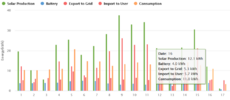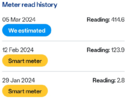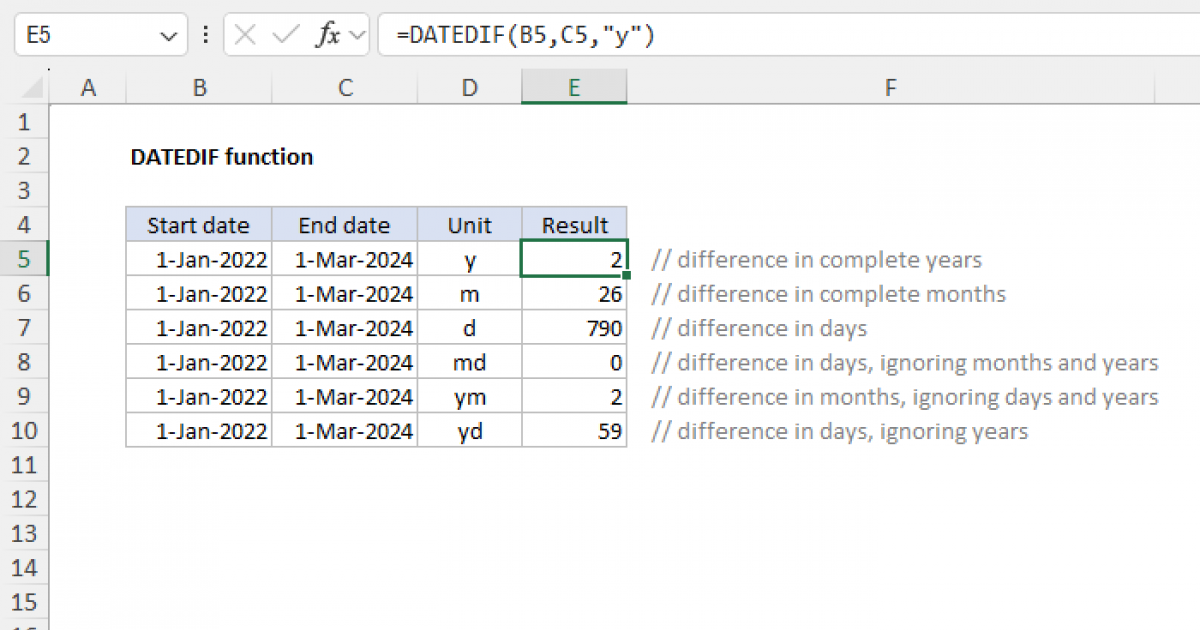I tend to use java script as no licensing problems, however I still have not got the answer as to when the tariff changes from high to low, I change at 1 am and 4 am UTC as then either BST or UTC I am using the power during the cheap time.


are shown, but to get them I end up doing a balancing act, having to go outside and down a set of outside steps, to read the meter before I can start to do any calculations.
This

is still being shown, so know daily use, around 7 kWh but no accurate info as to how much is at each rate, but in real terms does it matter? If I want coffee I want coffee, and I am not waiting until 1 am to make it, we know electric costs, but knowing how much is of very little help when one still gets estimated bills, I thought whole idea of a smart meter was an end to estimated bills, but no.
From the comfort of my chair I can see the power used,

but it is of little use, as it does not show how much at each rate. I have a graph which does show when used in the day, but can only see how many kWh at a set time.
But the big question is how does knowing the cost help? I will set machines with option for a delayed start to run at night, and I will turn off lights not in use, but to watch to the point where at 10 pm we say electric quota has been used, turn off telly and lights and go to bed is not going to happen.








